Posts in Category: Photography
Tips, advice and philosophy on photography
Solar Eclipse, June 10, 2021
Just a couple pix from today’s solar eclipse, taken from Rogers Hill in West Newbury, Vermont.
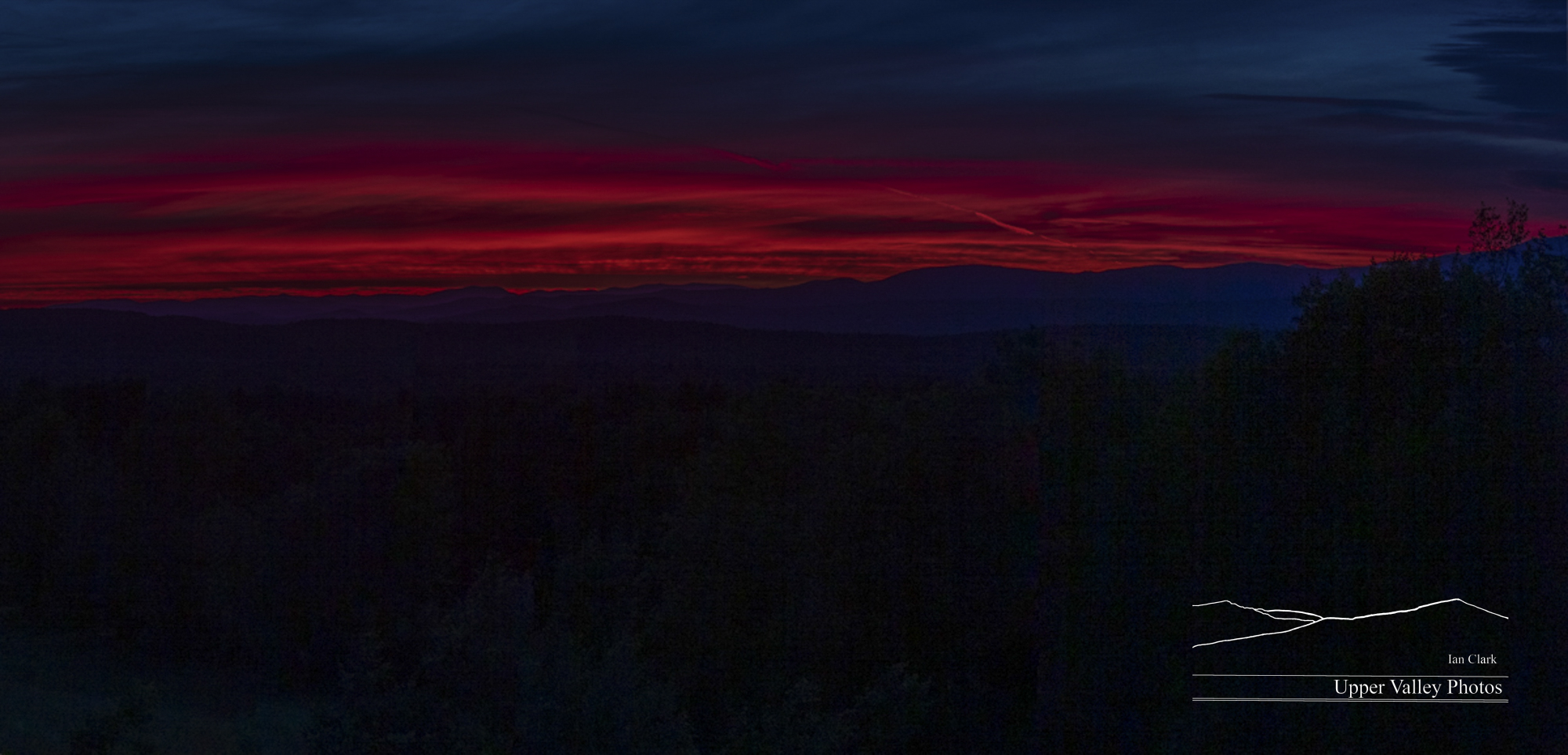
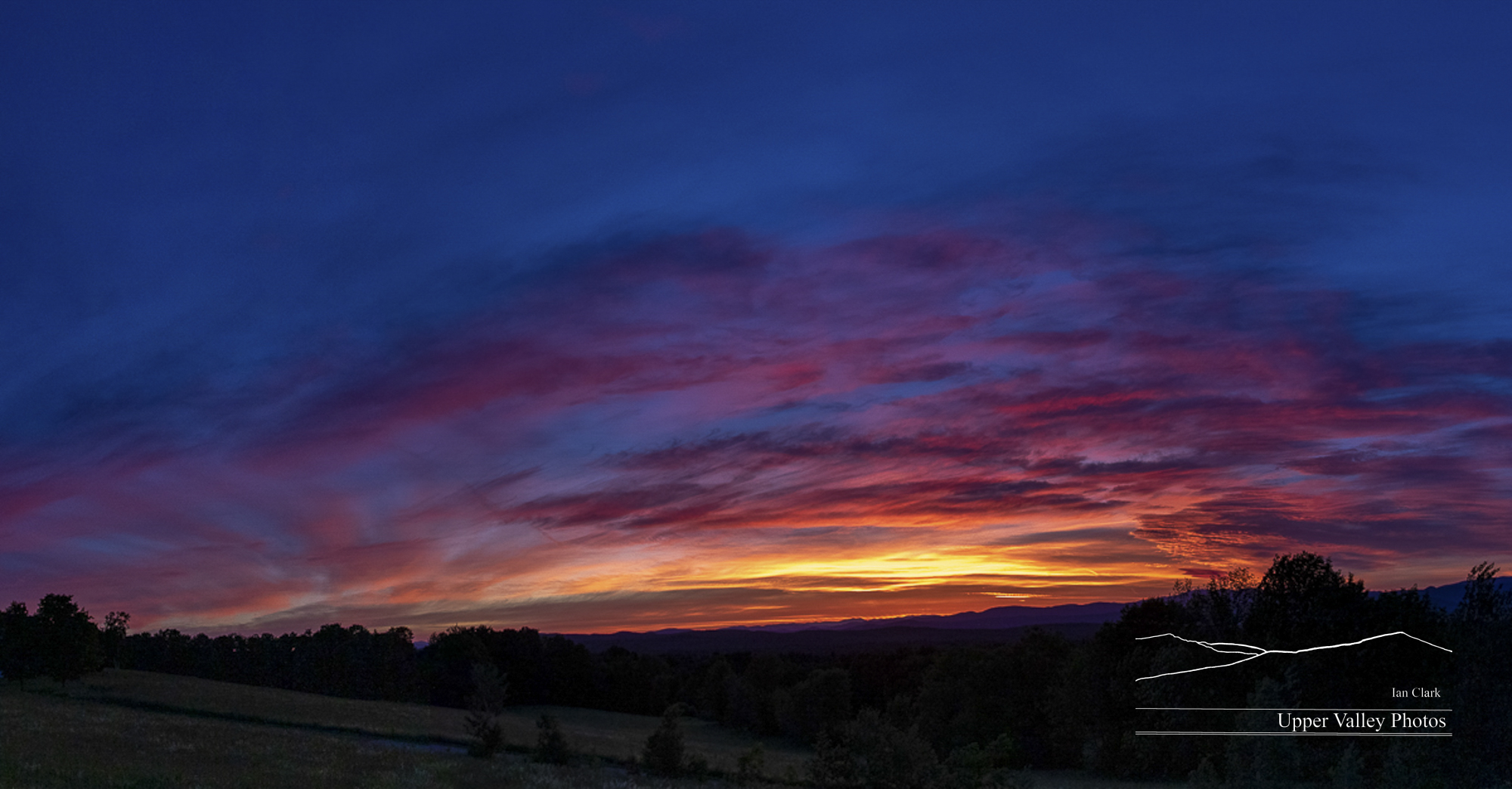
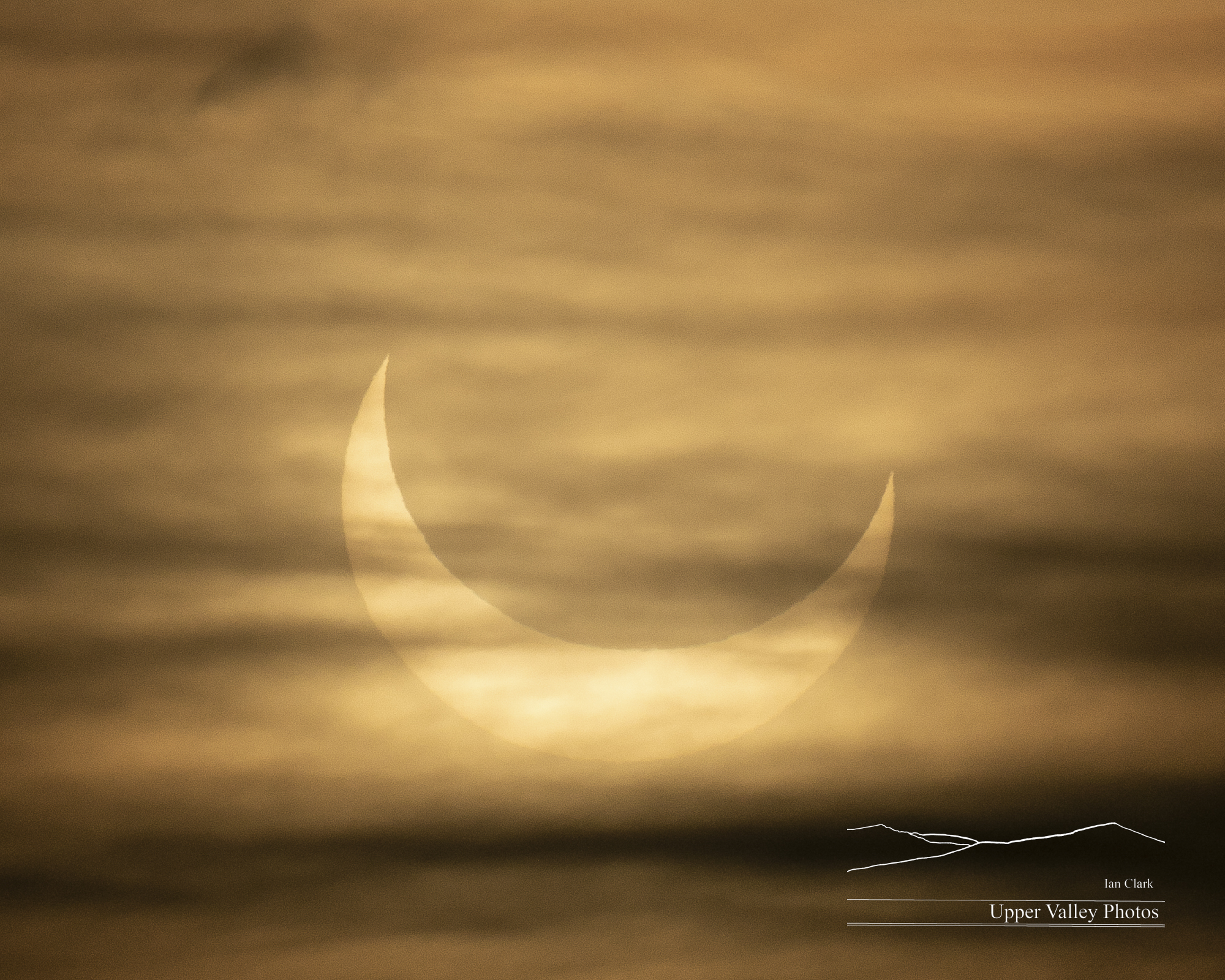
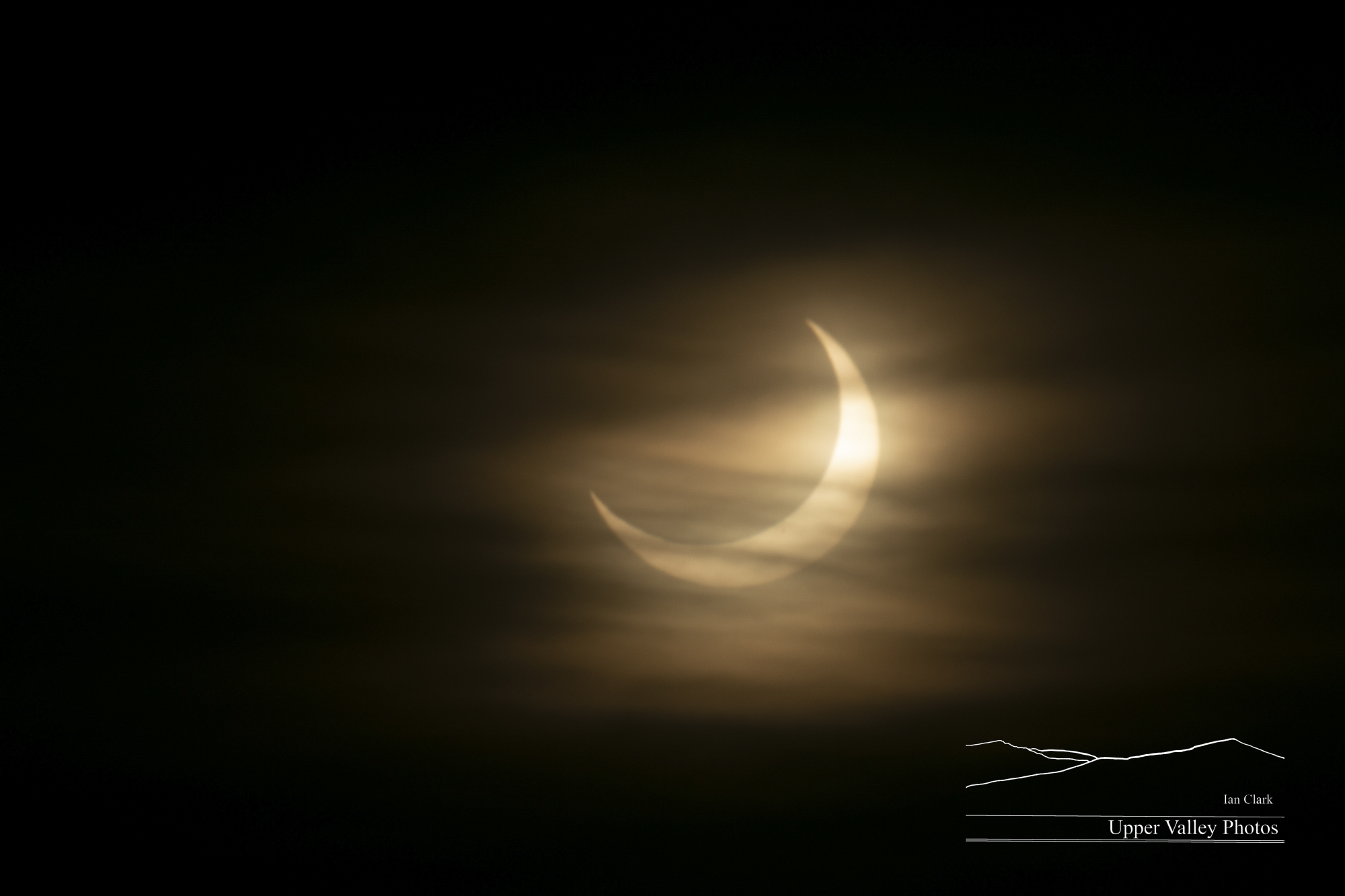
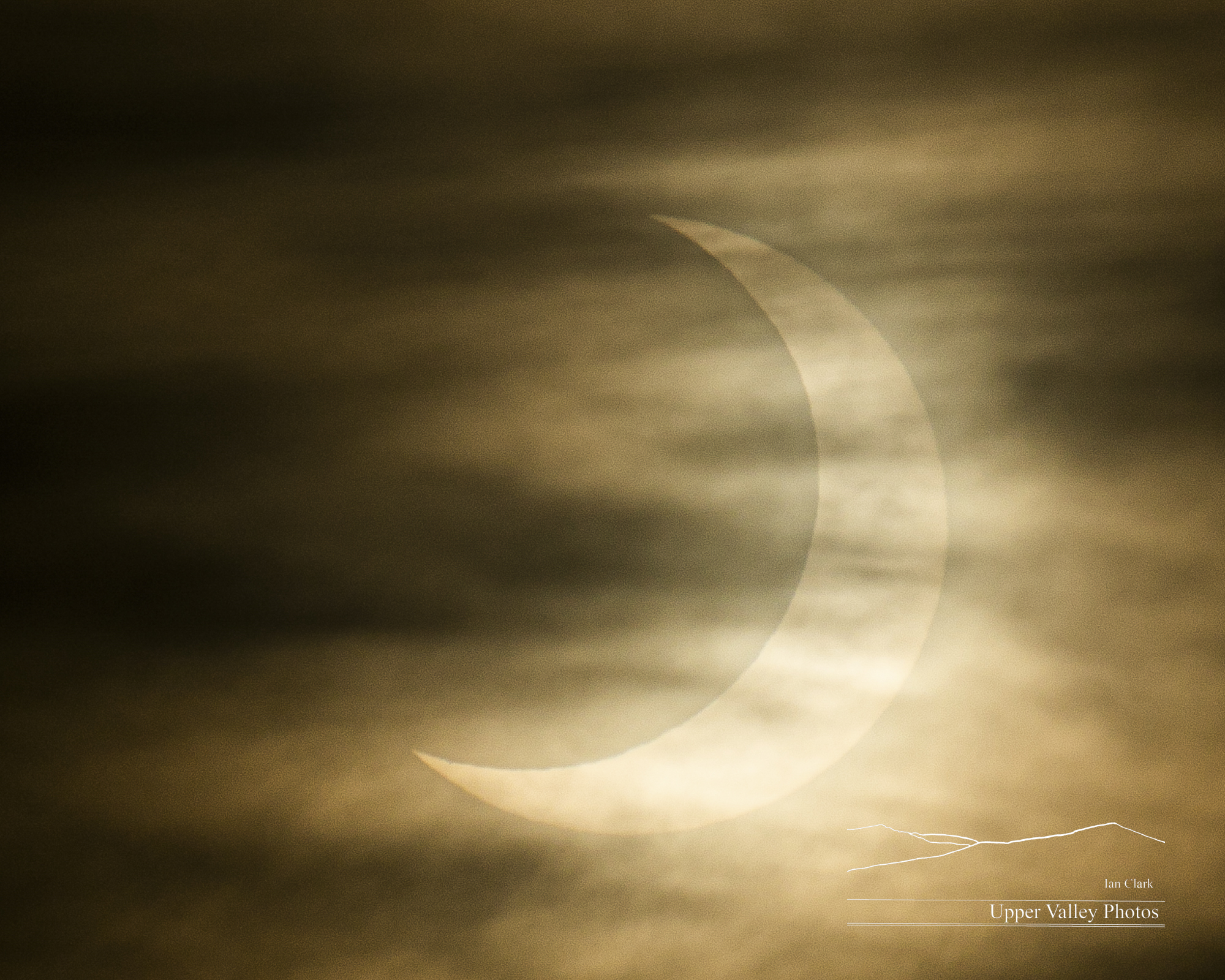
Osprey in Maine, May 2021
Greater Damariscotta, Maine, has been attracting bird photographers for years. Damariscotta Mills came to the attention of photographers when they restored the fish ladder on the Damariscotta River. The ladder was originally built in 1807 when mills blocked the fish’s trip up the river. in 2007 a group took to restoring the ladder which allowed the fish to run again. The fish attracted osprey and eagles. The birds attracted photographers.
When the alewife start running, all sorts of birds and others come to feed on them. I got a couple days up that way last week. The action seemed to be better just to the east in along the Saint George River in Warren, Maine. There were a number of osprey coming and going, the most spotted at one time was six. There was also a pair of adult bald eagles and two immature bald eagles in the area as well as a large supporting cast of cormorants and gulls.
The attraction for the wildlife is the alewife run. Alewife are marine fish that swim up rivers to breed in fresh water. They can grow to about 16″, but average about 10″. They swim upstream in large schools, with many millions of fish heading up the rivers in greater Damariscotta every year. Alewife apparently don’t appeal to humans. There are a few shops in the area advertising smoked alewife, but most of the fish caught become bait in lobster traps.
























The trip to see the fish ladder and osprey is worth it. The alewife start running in early May and go into June. The Damariscotta Mills Fish Ladder is open to the public. They harvest fish a couple times a day and are very used to visitors stopping by to watch. You can usually see osprey and eagles from the road by the fish ladder. Last time I was there, a pair of seals came upstream for a snack.
More of the Usual Suspects, May 18, 2021
Let’s check in on some of our local wildlife. I had a chance to get out to see who was out and about a couple times over the last few days.
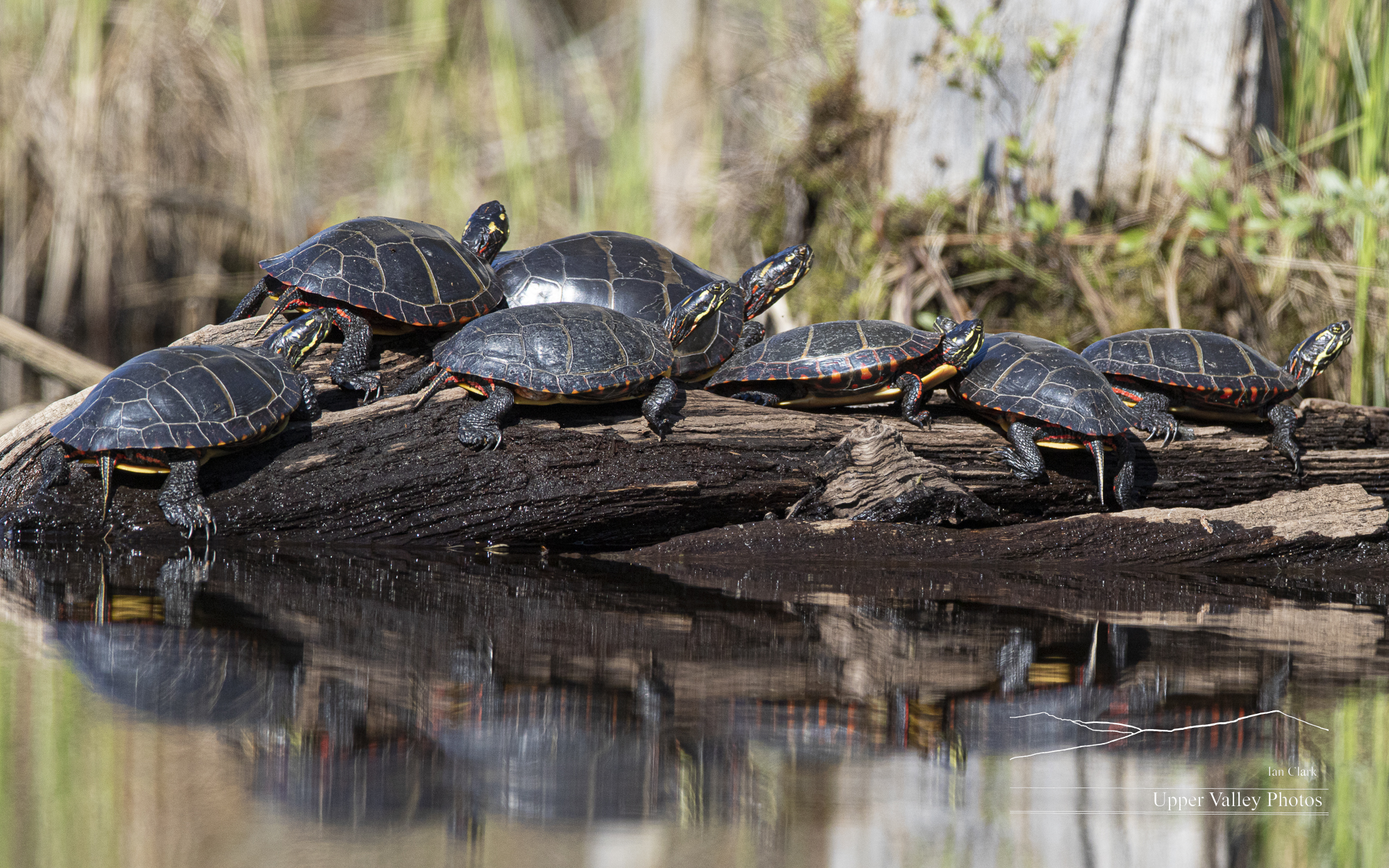
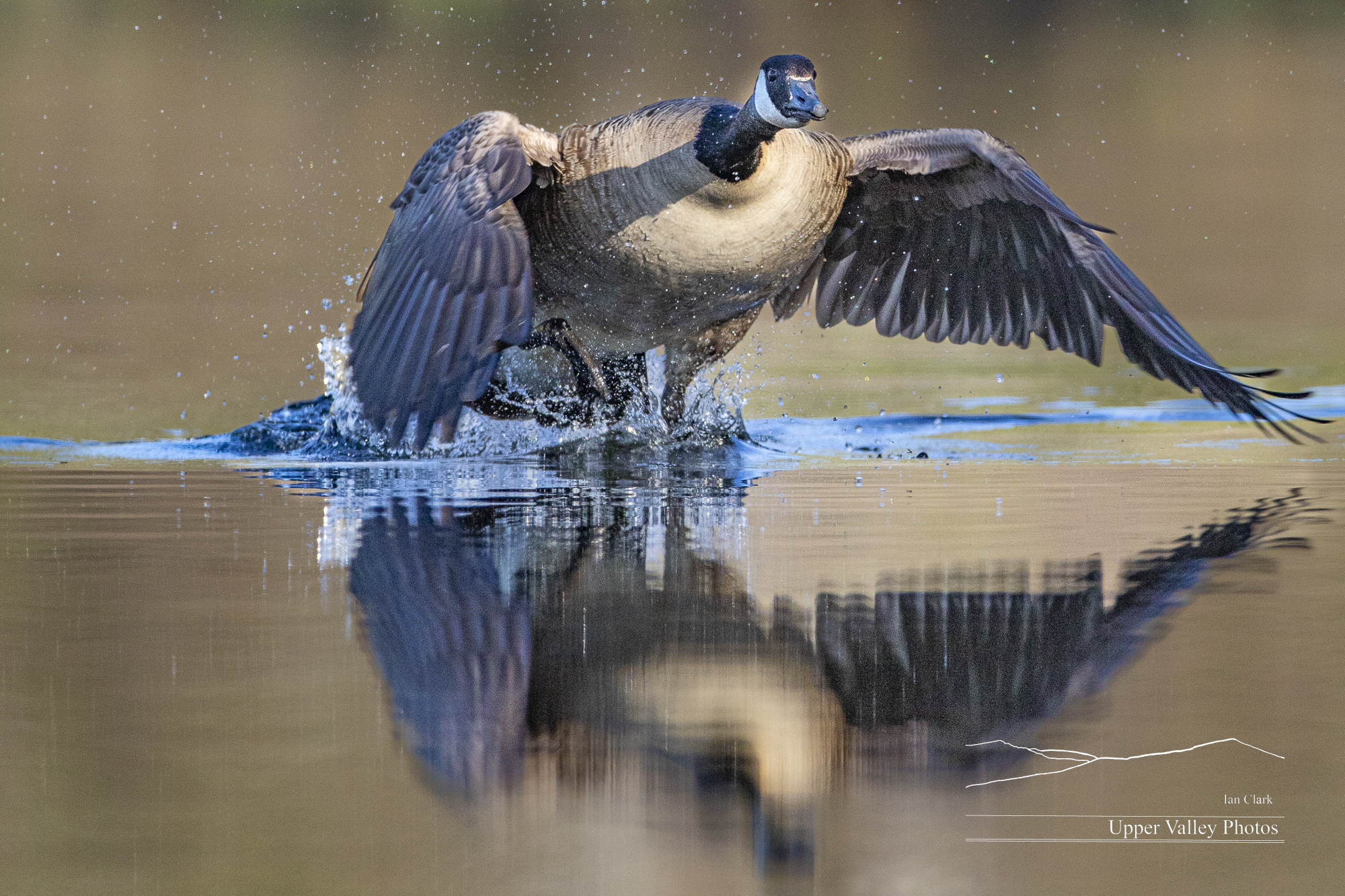
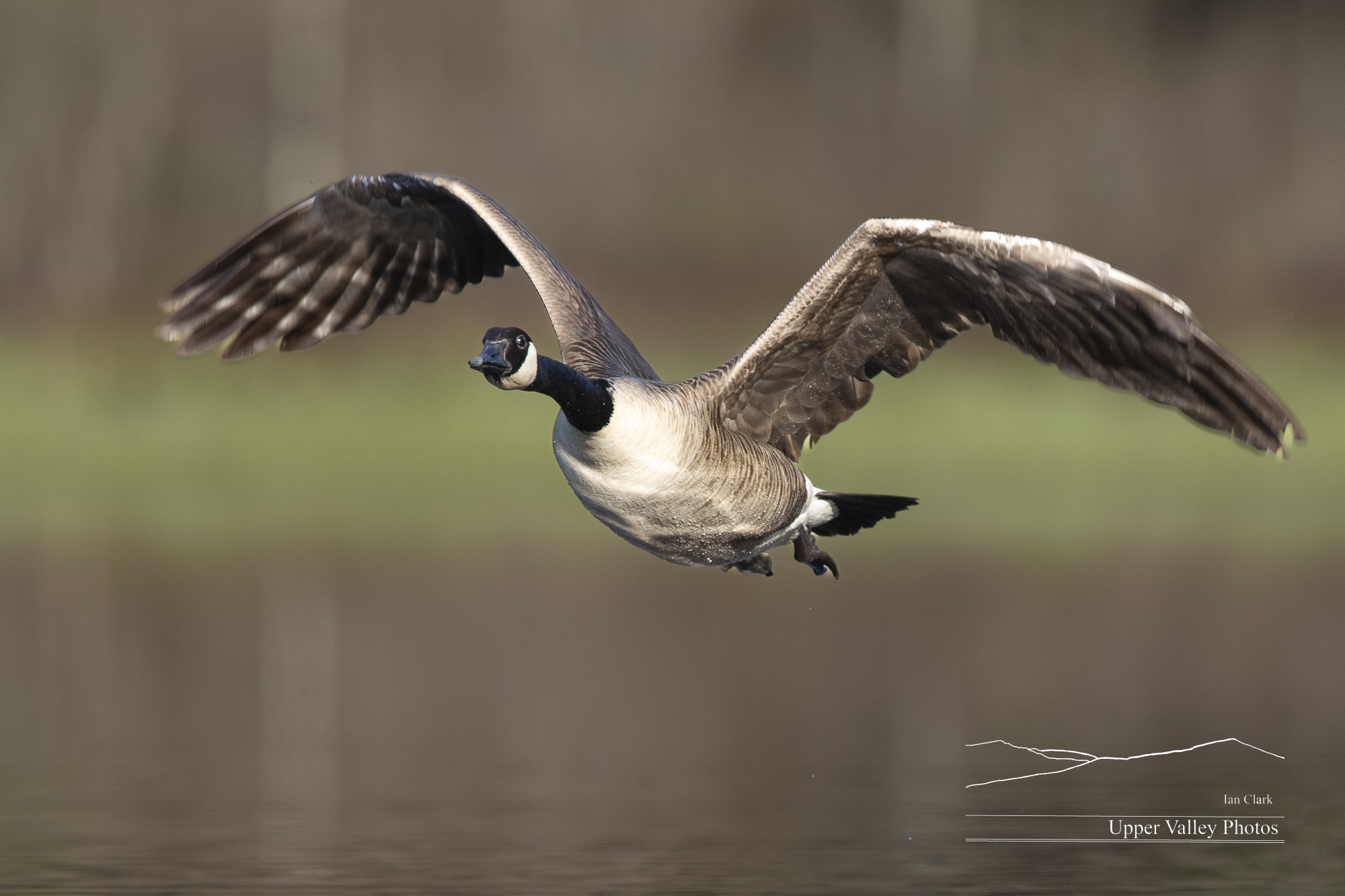
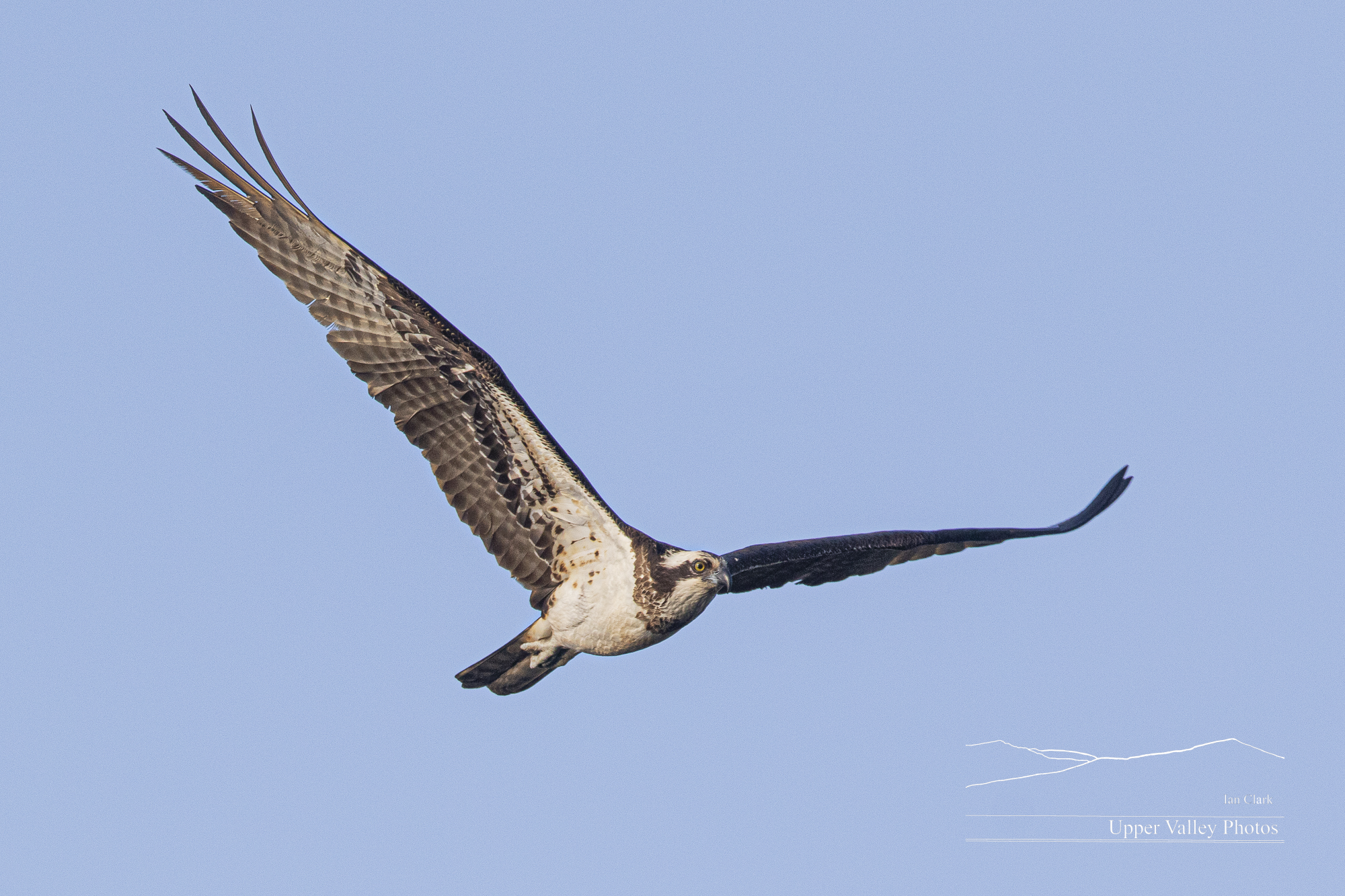
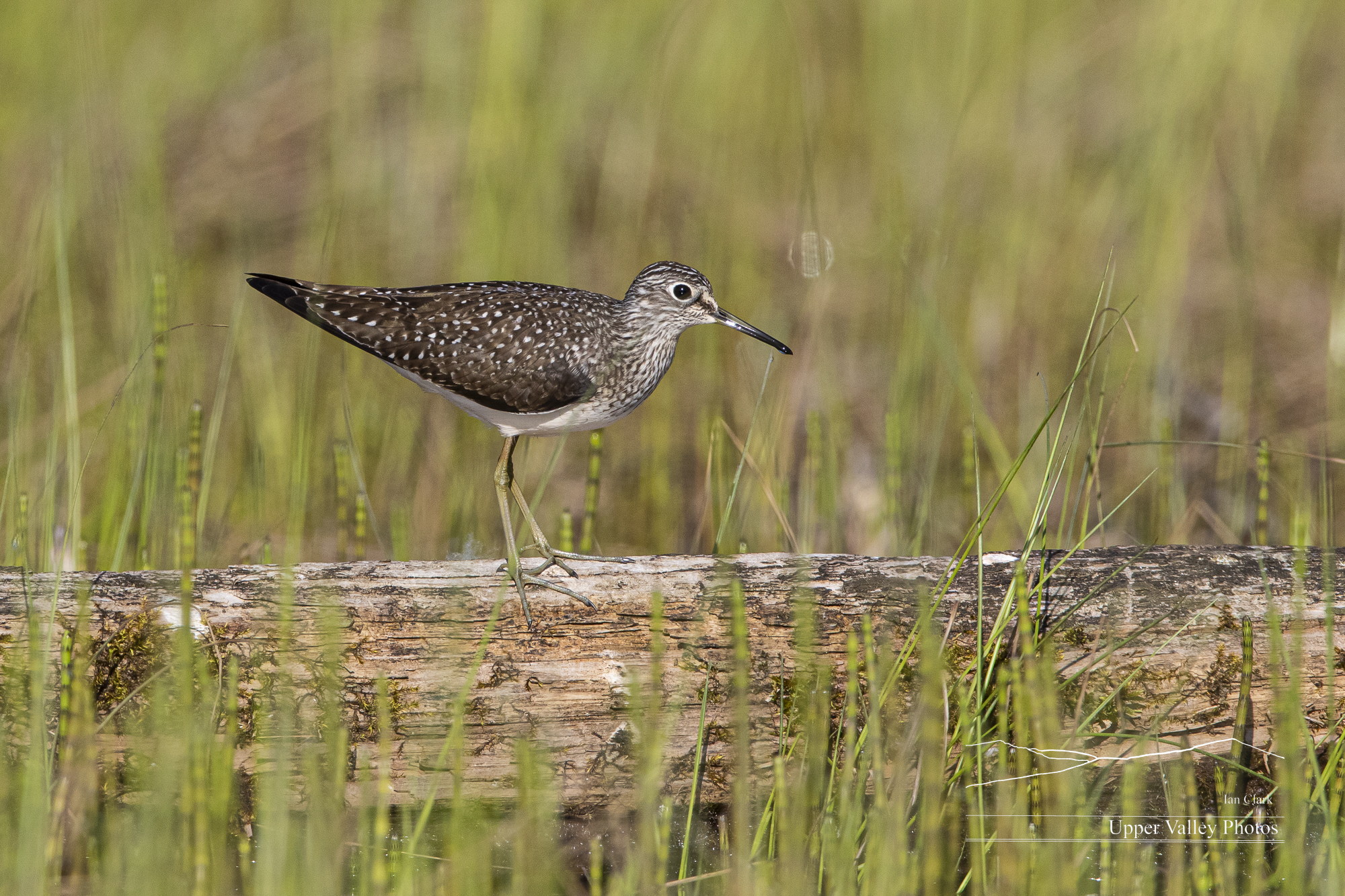
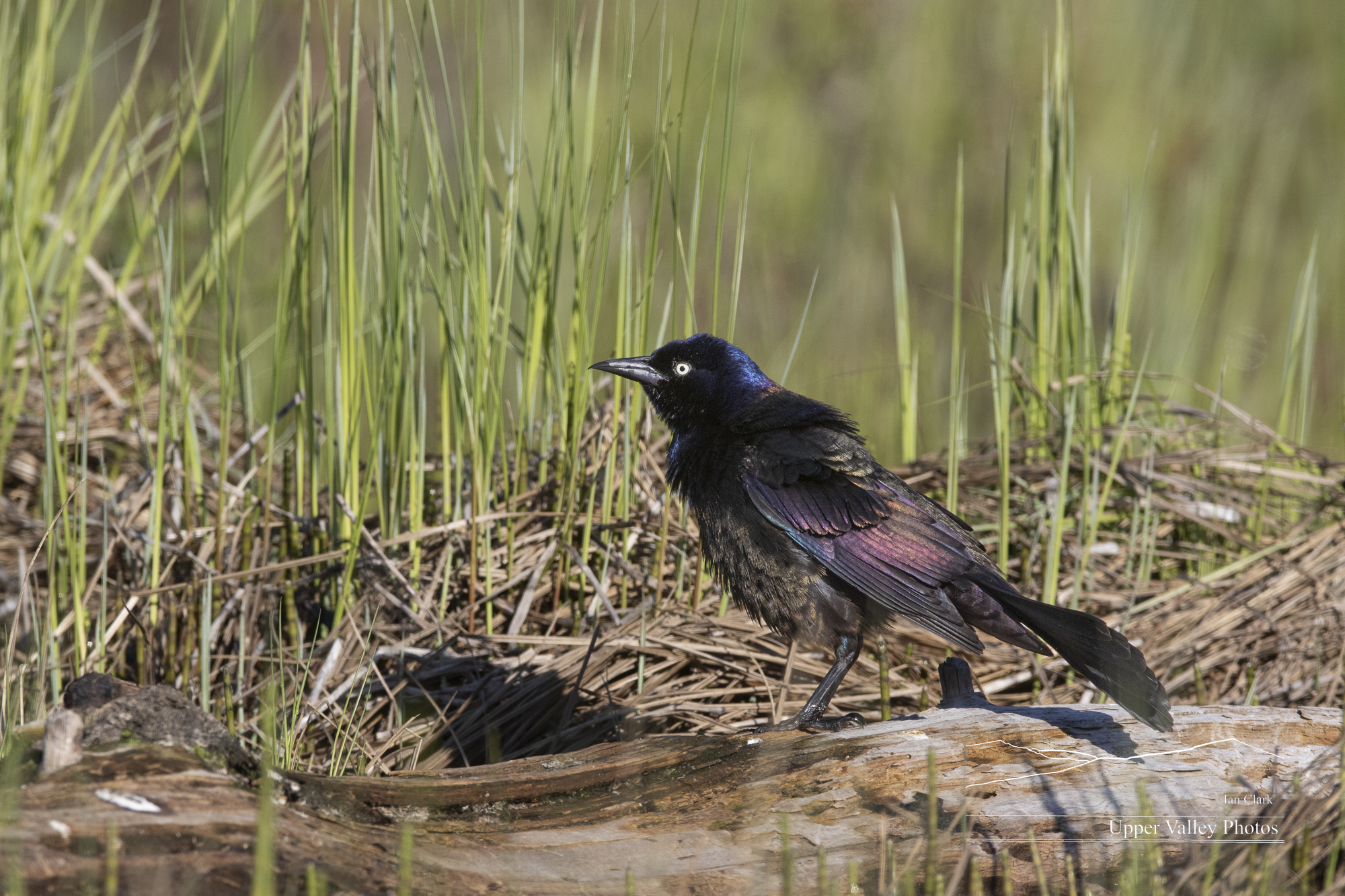
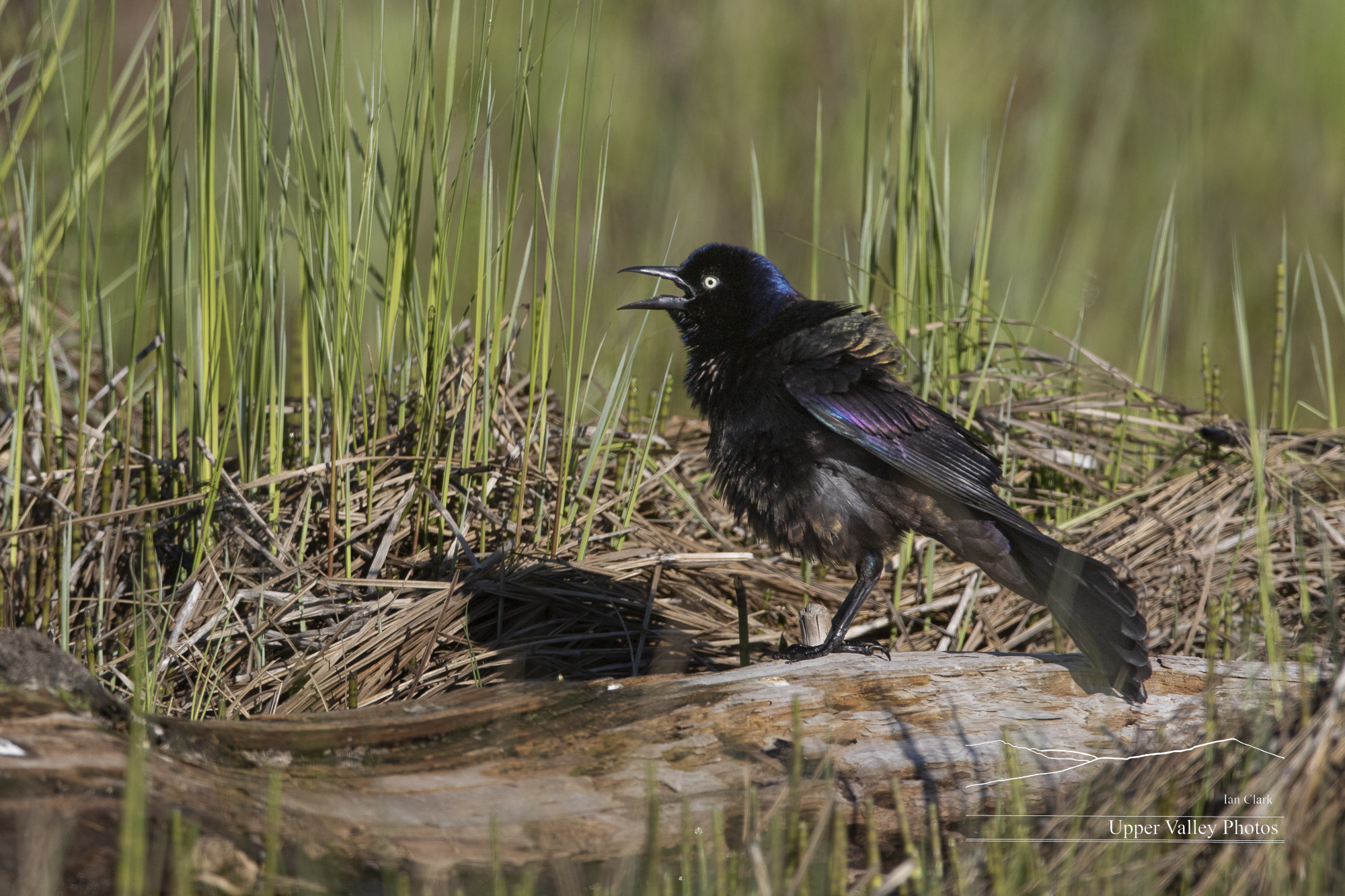
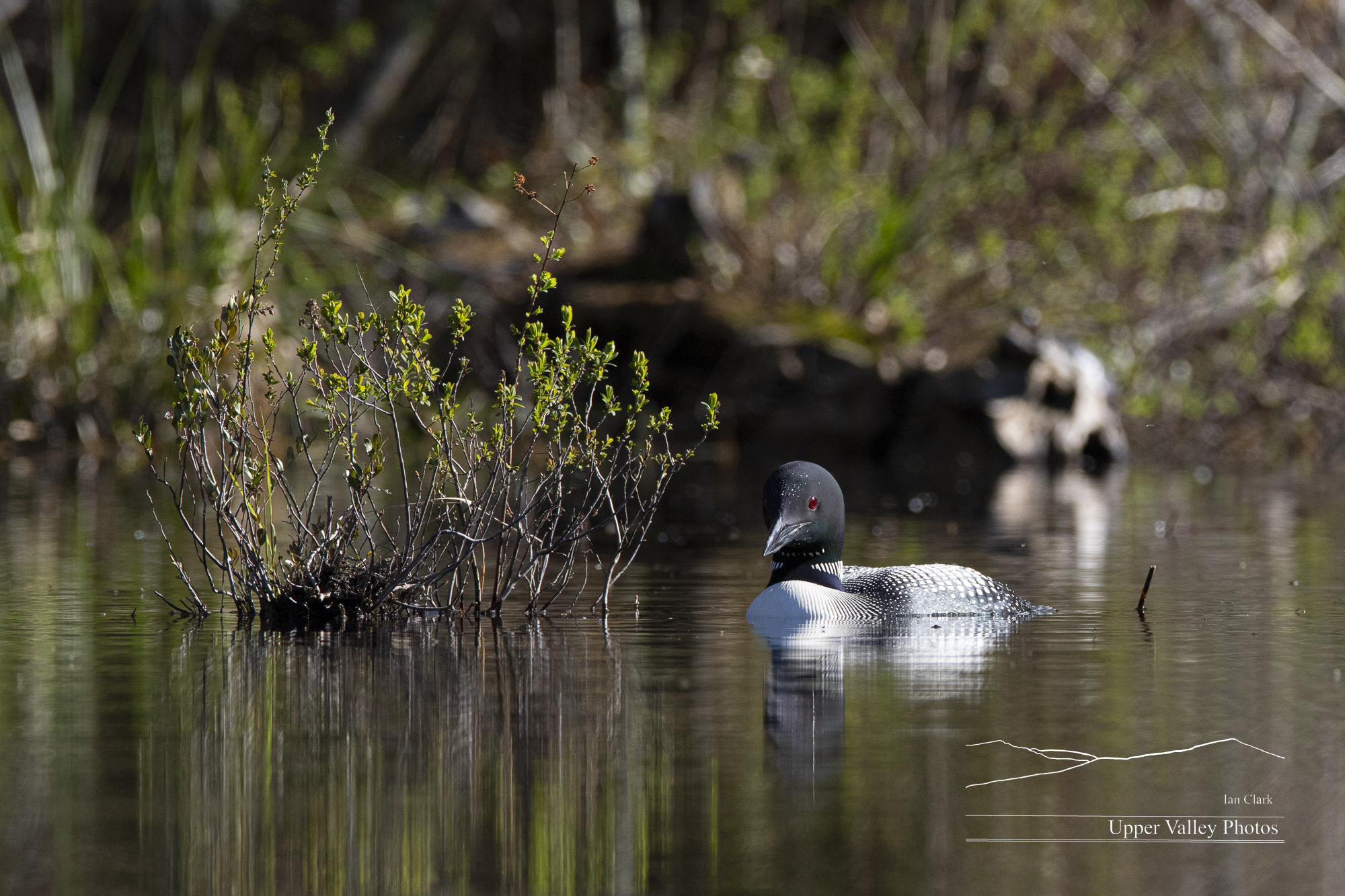
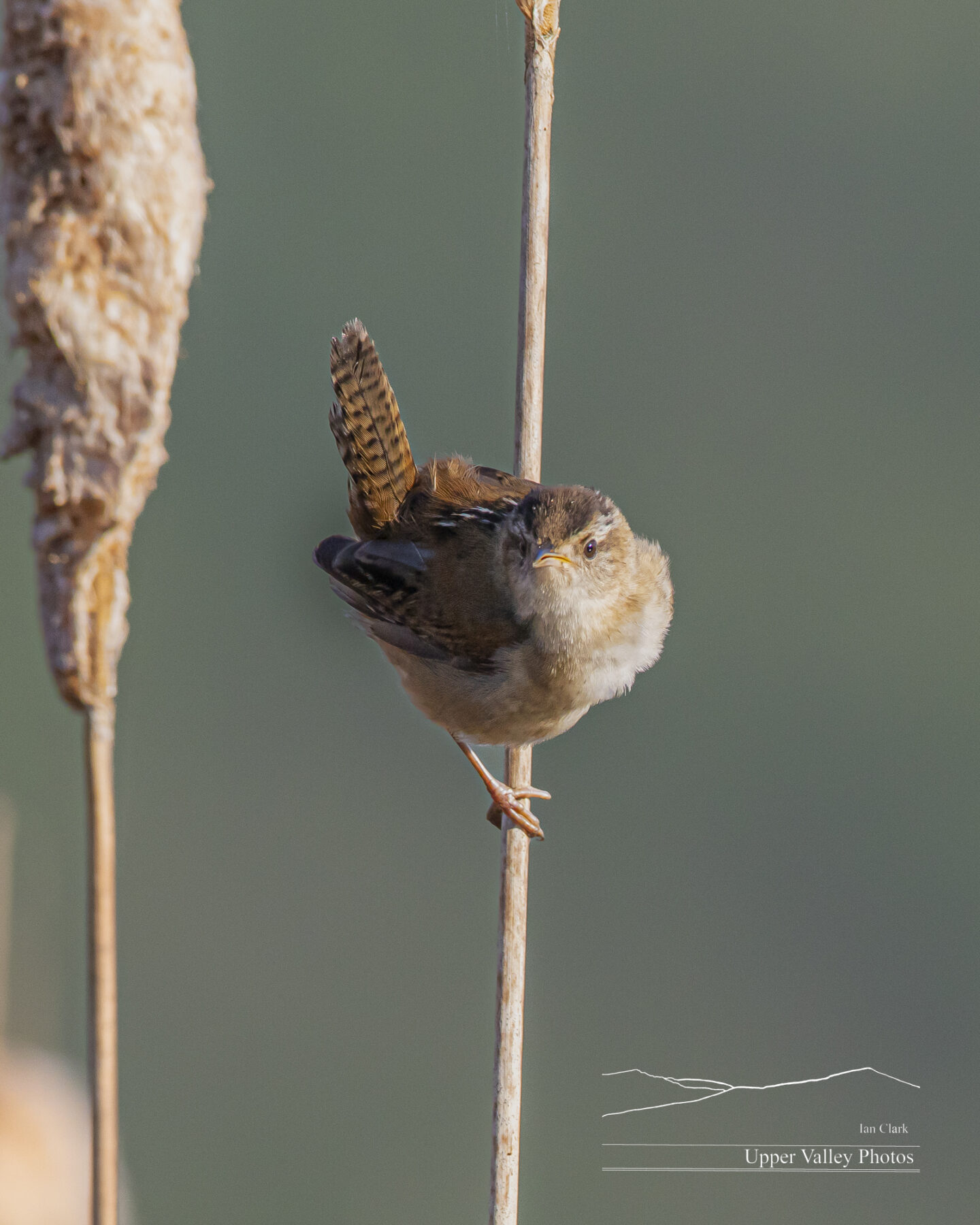
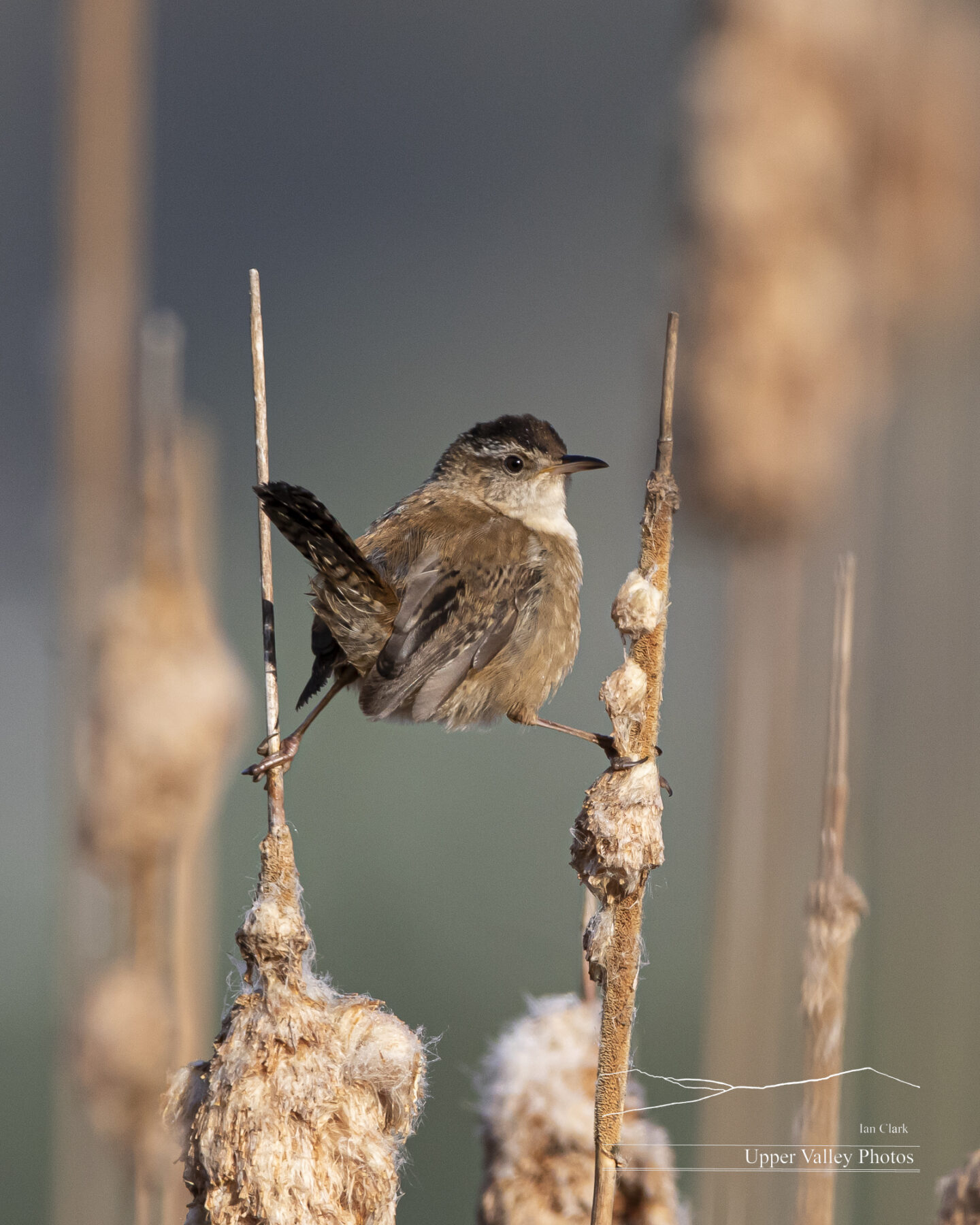
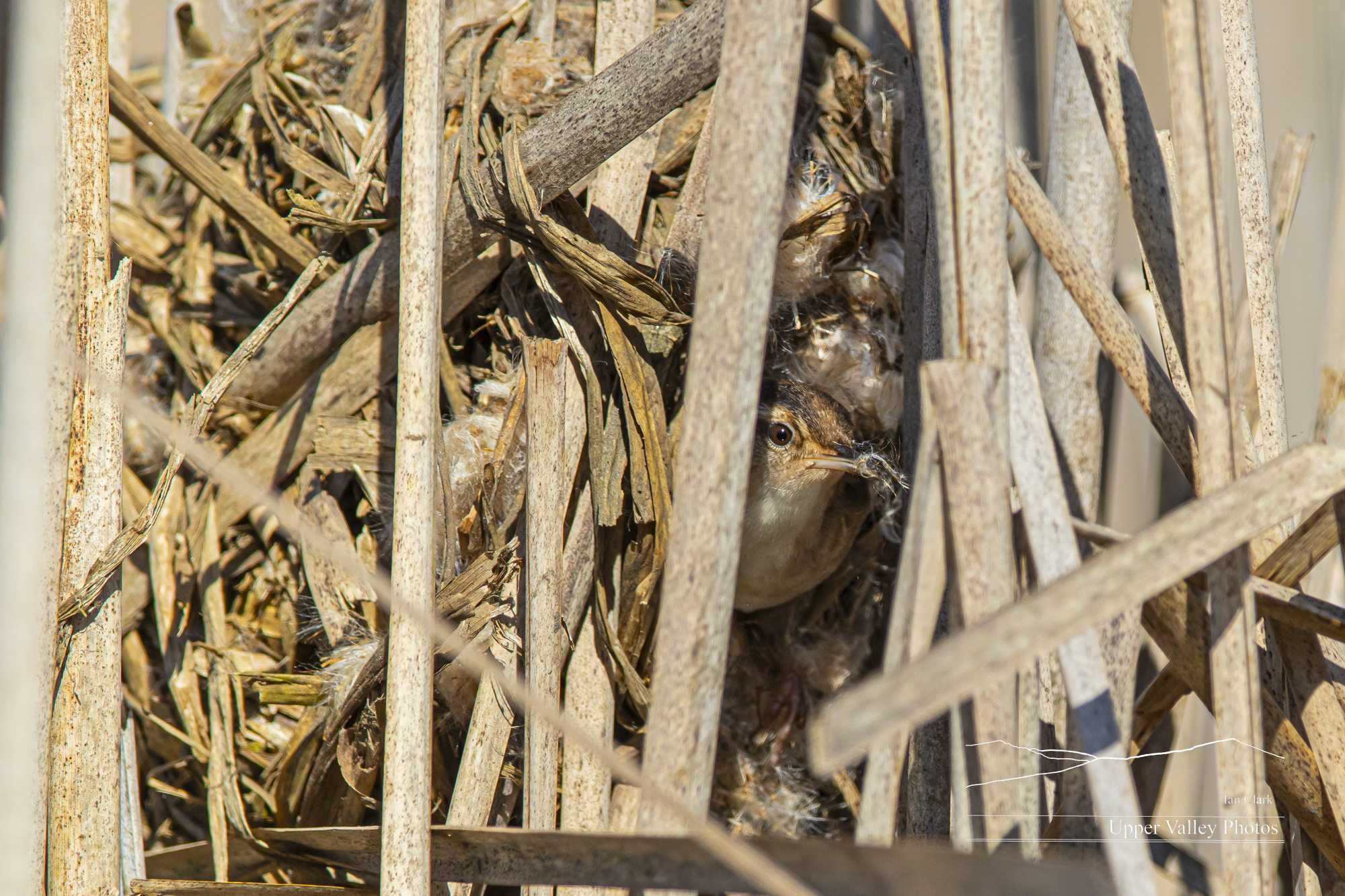
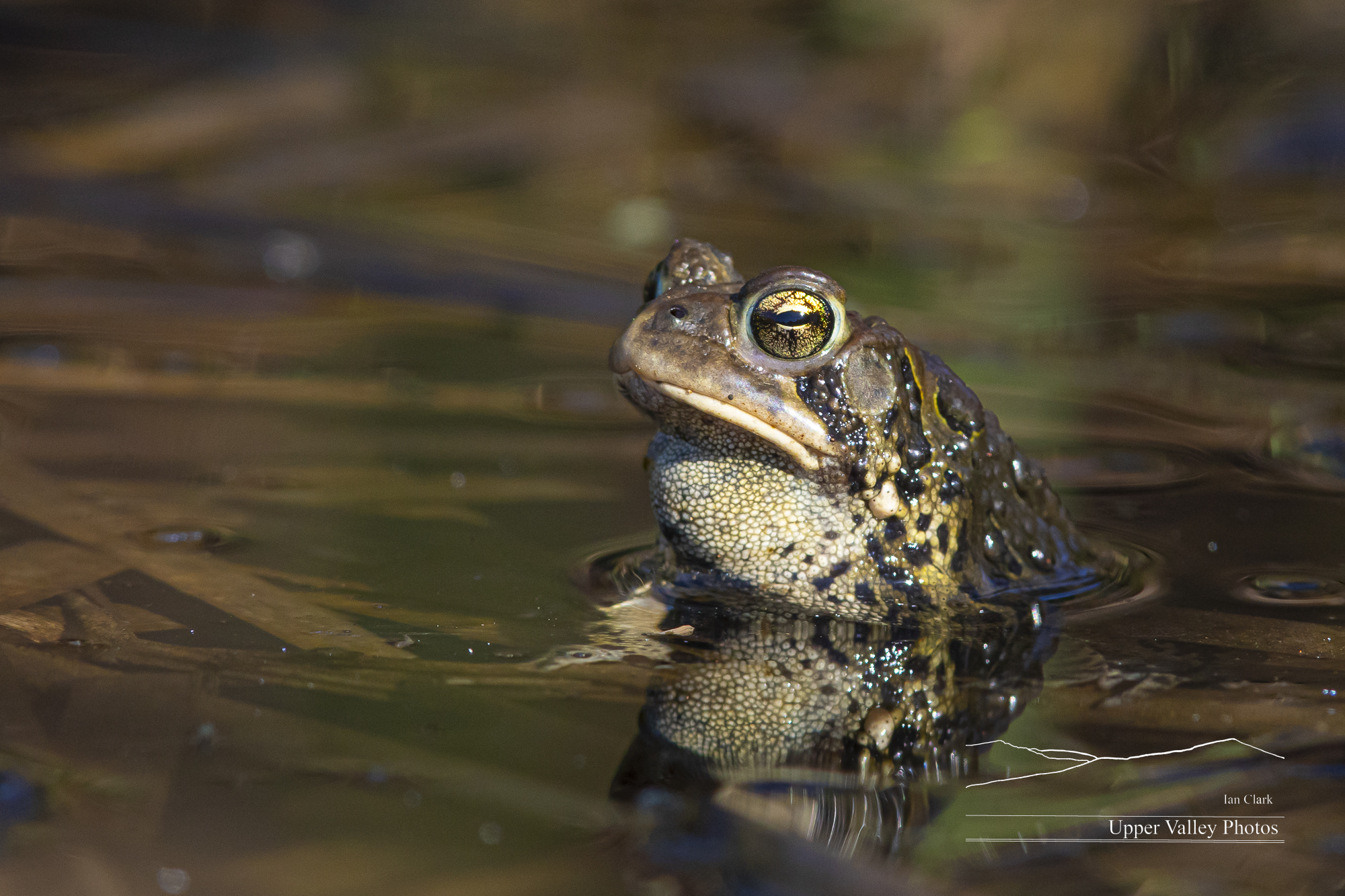
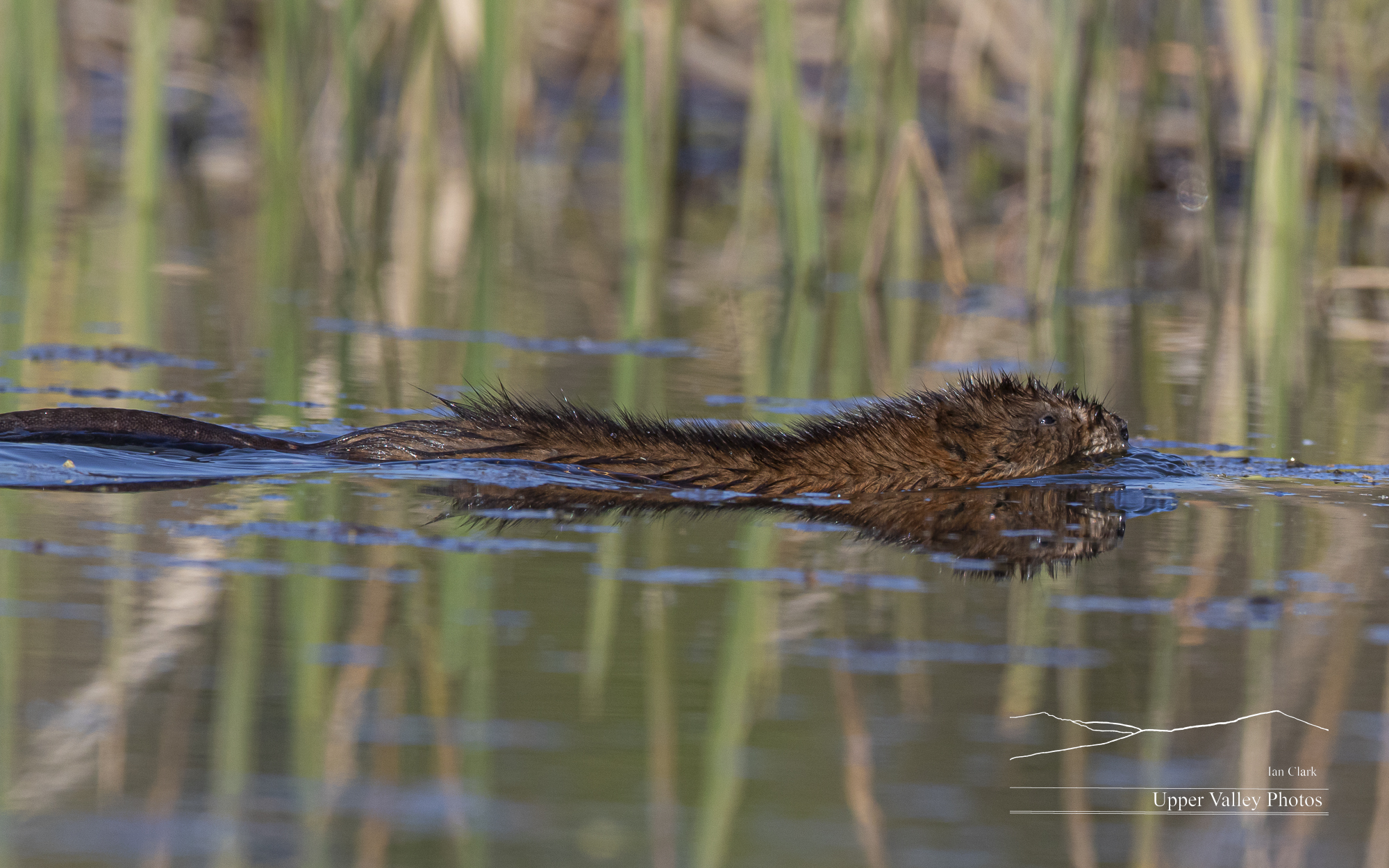
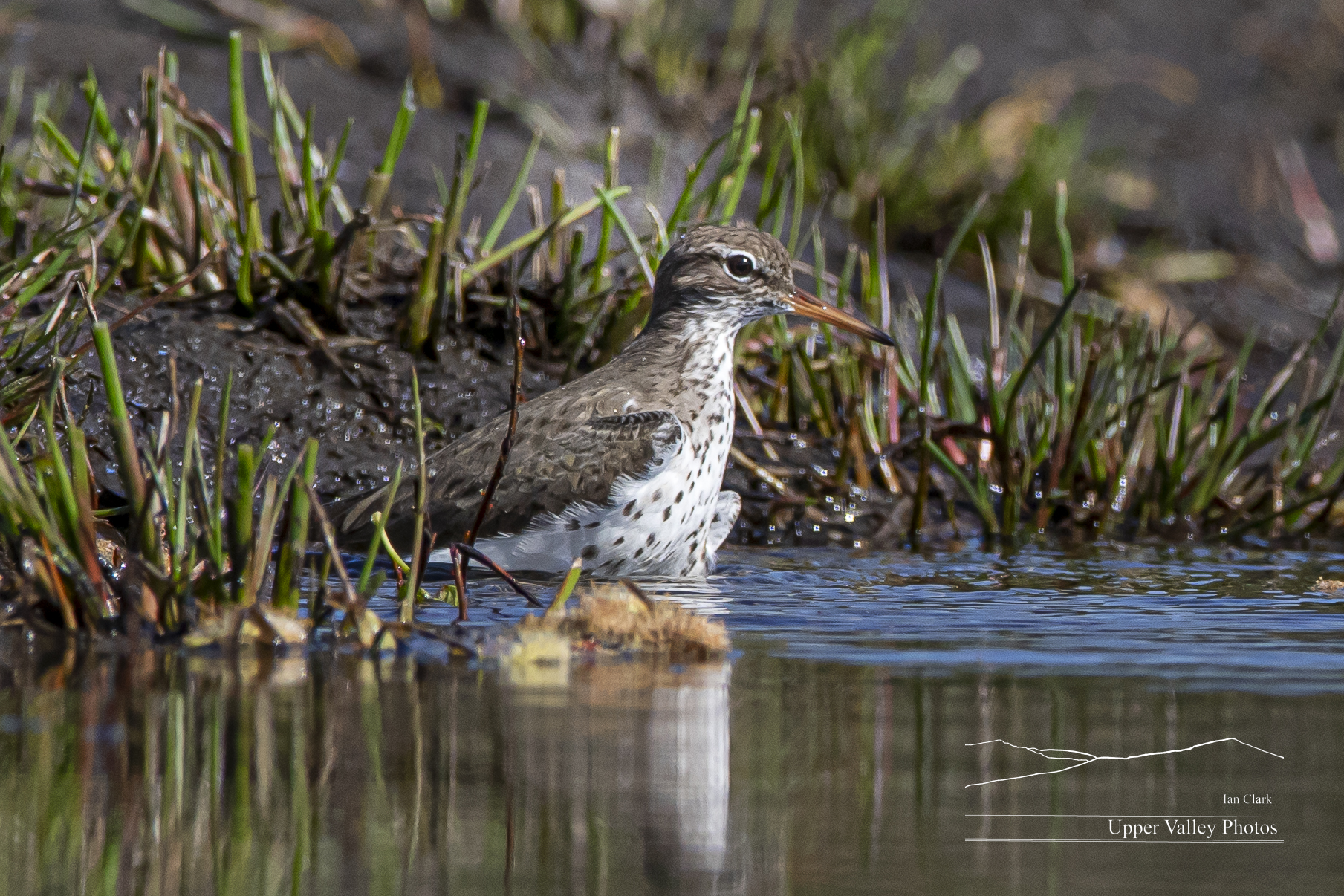
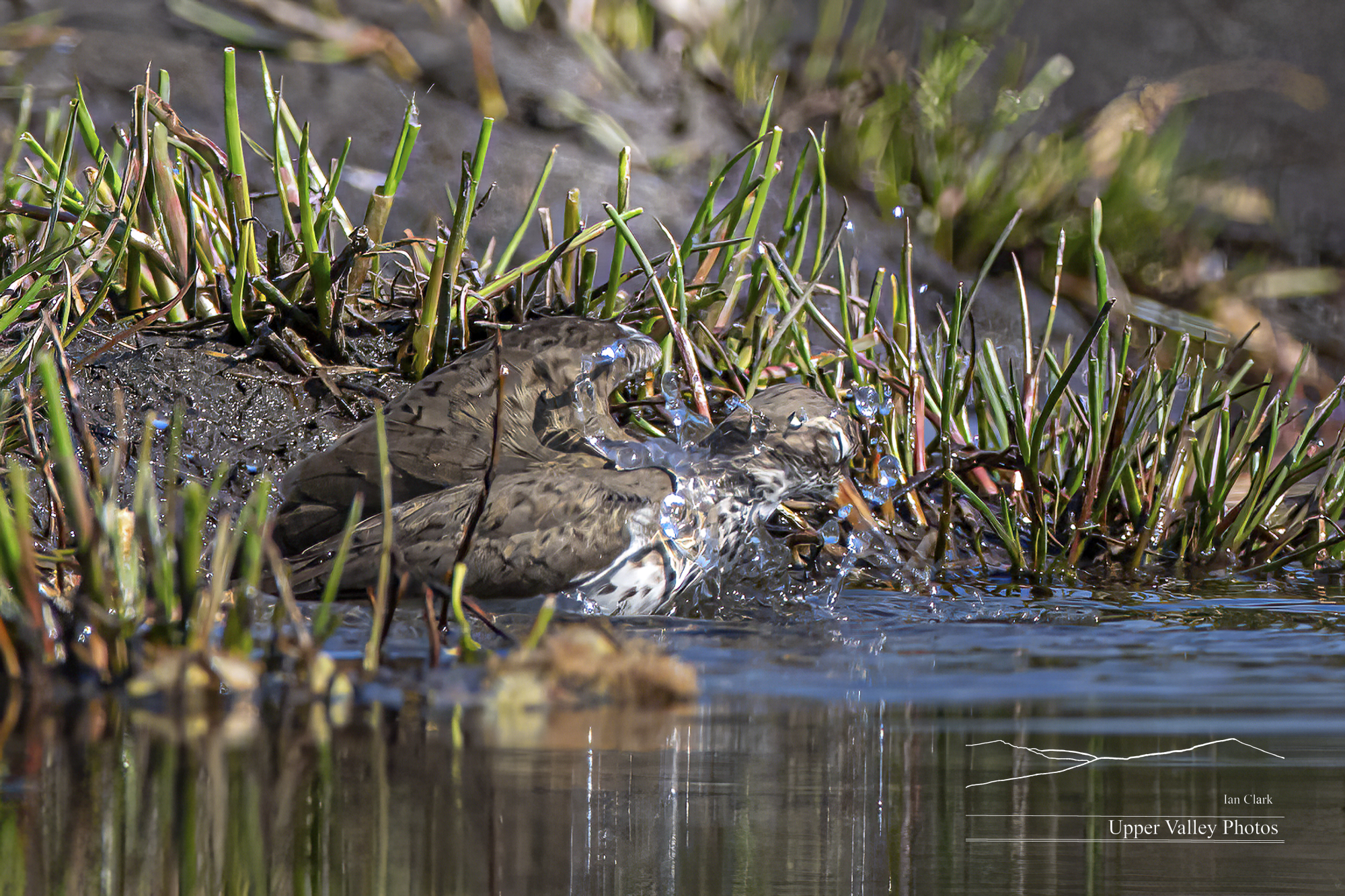
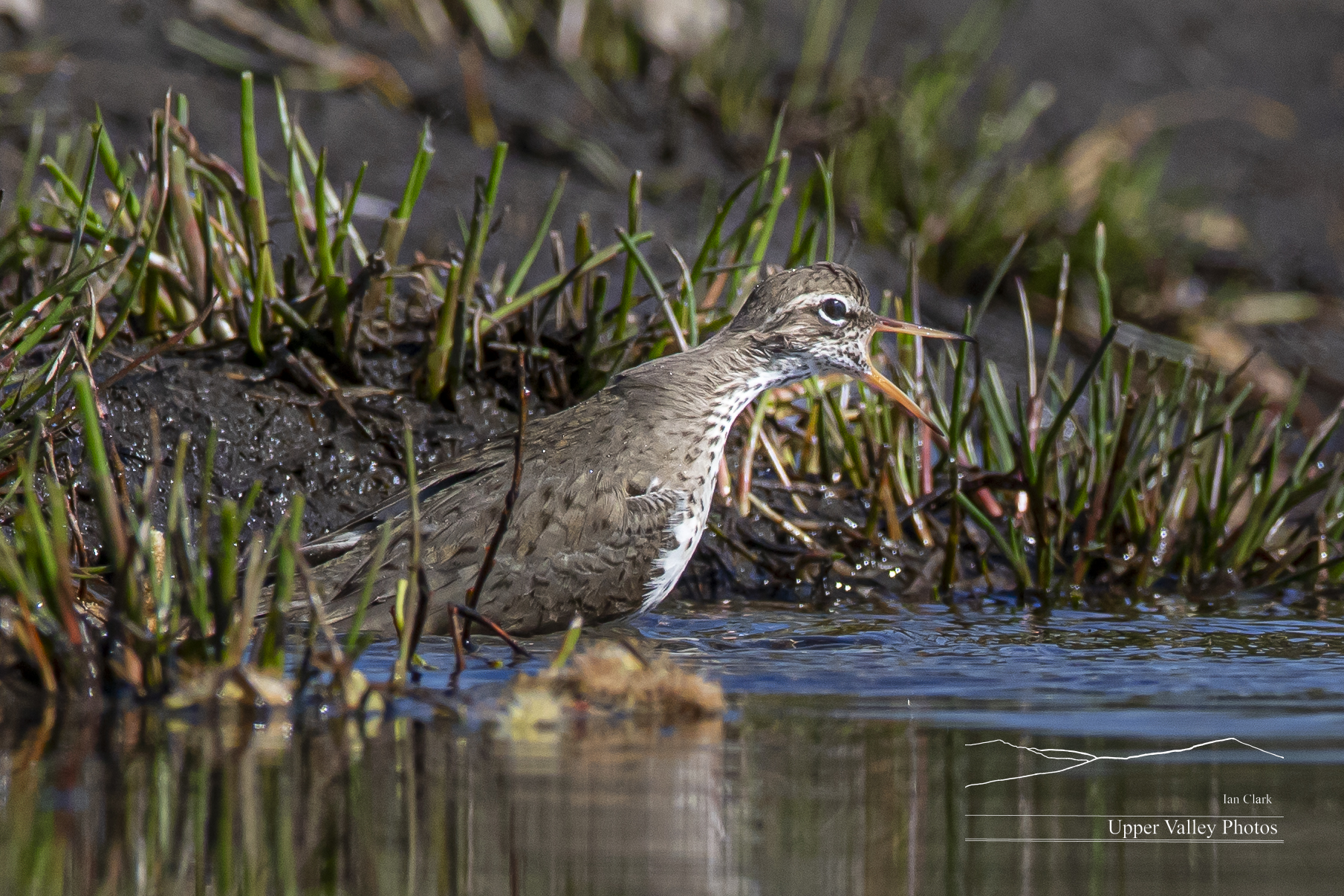
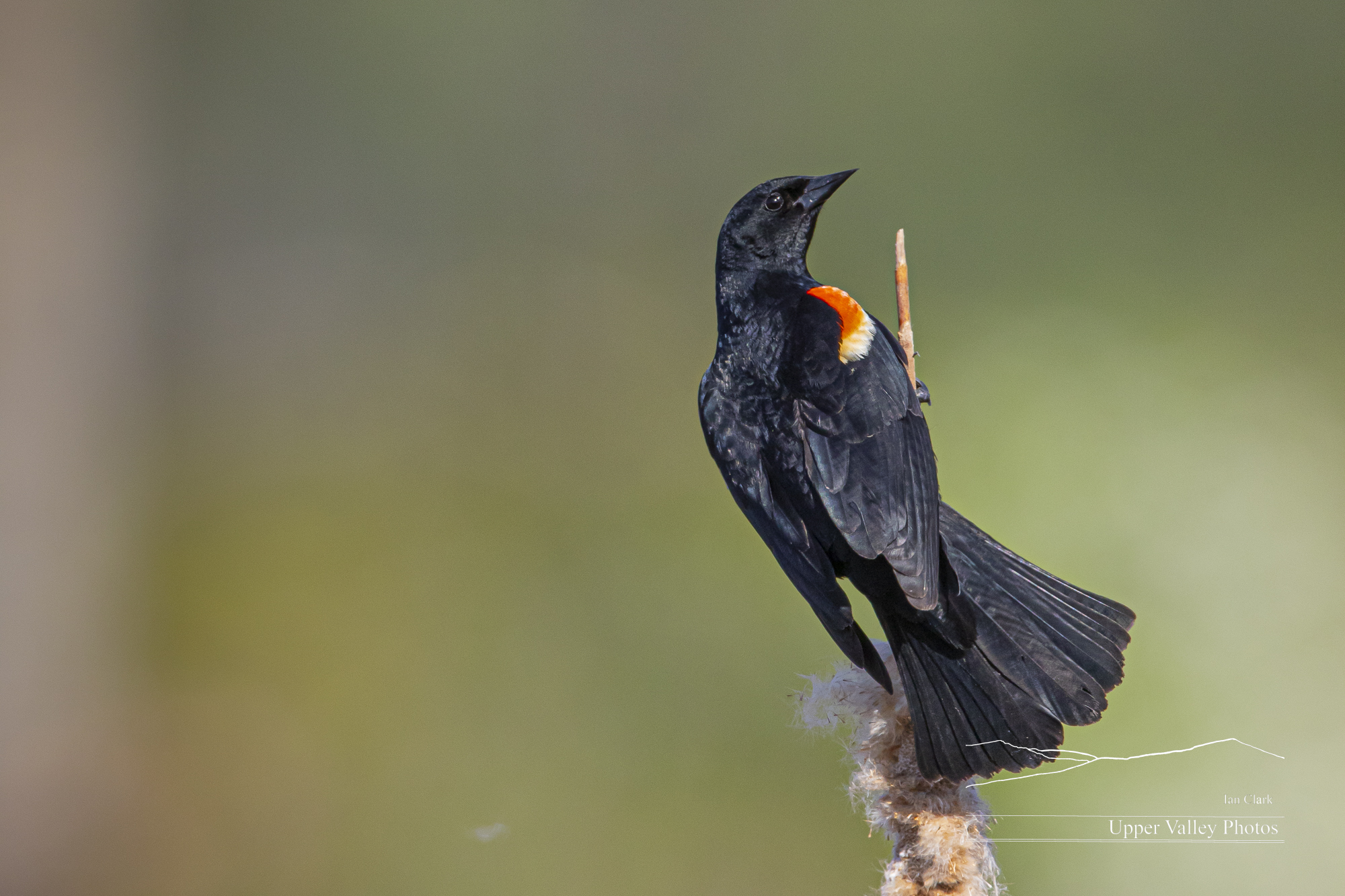
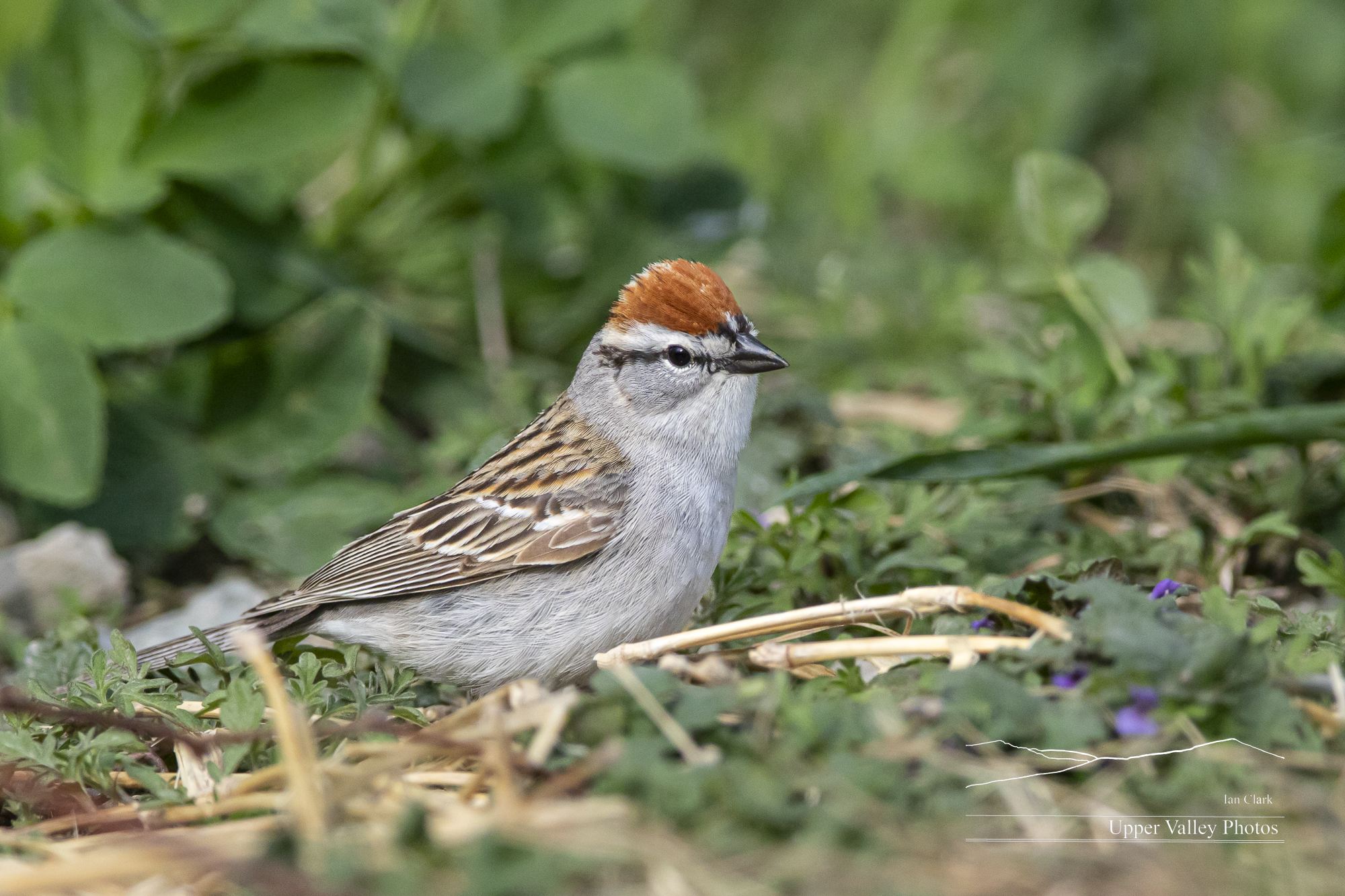
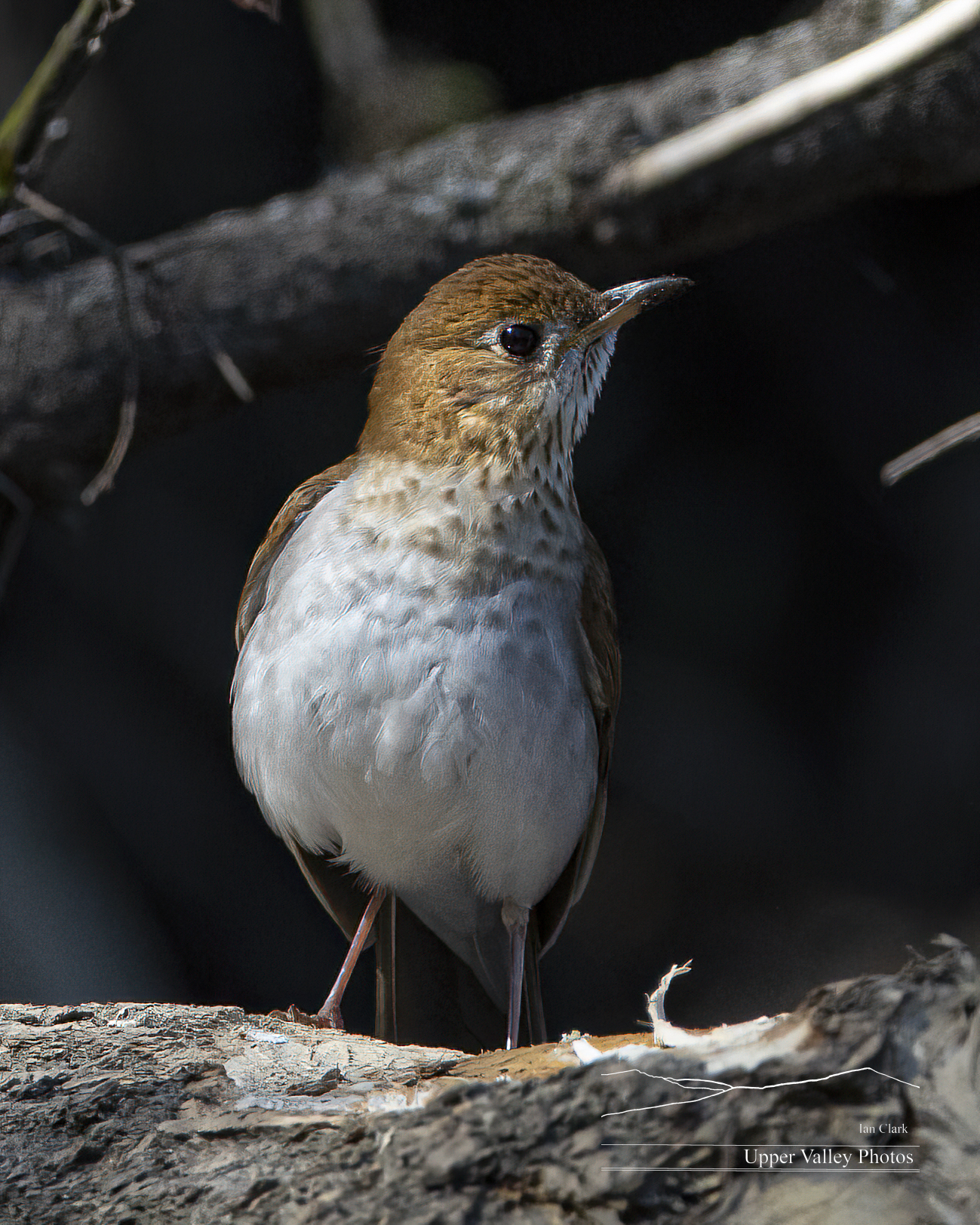
Still Waiting For Chicks, May 2, 2021
Our wait for bluebird chicks continues. Mrs. Bluebird spent most of her day sitting on her eggs. Today was the first day we could have expected the eggs to hatch.
We’re looking inside a nesting box with the bluebirds in West Newbury, Vermont. The camera is permanently mounted in the box and we can watch without disturbing the birds.
Mrs. Bluebird Spends Another Day on Her Eggs, May 1, 2021
Mrs. Bluebird spent the day sitting on her eggs. The first day the might hatch is tomorrow, Sunday May 2. There’s a big window, they could take until the 10th. Stay tuned.
We’re looking inside a nesting box with the bluebirds in West Newbury, Vermont. The camera is permanently mounted in the box and we can watch without disturbing the birds.
The Wait Continues… No News From Our Bluebirds, April 29, 2021
Mrs. Bluebird continues babysitting her eggs, venturing out occasionally. Mr. Bluebird sat in the rain on our deck roof above the box for a time this morning. Sunday is the first day we can expect the eggs to hatch.
We’re looking inside a nesting box with the bluebirds in West Newbury, Vermont. The camera is permanently mounted in the box and we can watch without disturbing the birds.
No News From Our Bluebirds or Chickadees, April 28, 2021
Mrs. Bluebird spent her day tending her eggs, with a few trips out for food. I wonder if she gets bored just sitting, or does she link long thoughts?
We’re looking inside a nesting box with the bluebirds in West Newbury, Vermont. The camera is permanently mounted in the box and we can watch without disturbing the birds.
Checking In With Our Bluebirds and Chickadees, April 27, 2021
Not much news from our bluebirds today. Mrs. continues to sit on her eggs, popping out occasionally to find some food.
We’re looking inside a nesting box with the bluebirds in West Newbury, Vermont. The camera is permanently mounted in the box and we can watch without disturbing the birds.
Update April 26, 2021
We had a little extra excitement from our feathered friends this morning. My wife, Lee, found a robin that couldn’t fly. The robin is now under VINS’ care.
Mrs. Bluebird spent most of her day in her box tending her eggs. Here’s a short clip, where she deals with a shed feather. The eggs should hatch between May 2 and May 10.
We’re looking inside a nesting box with the bluebirds in West Newbury, Vermont. The camera is permanently mounted in the box and we can watch without disturbing the birds.
The Clock Has Started For The Bluebirds, April 24, 2021
Mrs. Bluebird has definitely started incubating her four eggs. Thursday, she sat on them most of the morning before spending most of the afternoon out of the box. She stayed in the box Thursday night, sat on the eggs Friday and again spent the night. The book says it takes 11 to 19 days for the eggs to hatch. Let’s say she started Thursday, that means they should hatch sometime between May 2 and May 10. Here’s a good look at her sitting on her eggs. About 11:00, you can see her turn the eggs. All birds turn their eggs while incubating them. Theories as to why include, rotating the egg helps deliver albumen – the ‘white’ of the egg that is protein – to the chick – the ‘yolk’ and that turning the egg helps warm the egg evenly and and prevents the egg’s membrane from sticking to the shell.
We’re looking inside a nesting box with the bluebirds in West Newbury, Vermont. The camera is permanently mounted in the box and we can watch without disturbing the birds.
